Meet the first cell phone that needs no battery to make calls

Ever since Martin Cooper, a senior engineer at Motorola, called the rivals from Bell Labs on April 3, 1973 to tell them he is speaking via the first mobile handset, those puppies have had one thing in common - the need to be powered by a battery pack. The first cell phone weighed about three pounds, and gave you just 30 minutes of talk time for roughly 10 hours needed to arrive at a full charge.
If you had to pick one device to make battery-free, what would you pick?
Today, we are way ahead in those numbers, as fast-charging technologies have brought juicing down to less than two hours, while we can use most phones for a day or two without reaching for the plug. Still, the basic premise that a phone has to have a battery, and has to be charged on a regular basis, stays as valid as it was a few decades ago. There are efforts to escape that paradigm, though, and a recent invention of a cell phone that can make calls without a battery, is an encouraging sign.A research team at the University of Washington in Seattle, headed by Vamsi Talla, has managed to create a prototype which can call by harvesting ambient energy, like with the "passive Wi-fi" tech you see explained in their video above. The research associate at the university's computer science and electrical engineering department has been dreaming about this for years now, and the team targeted cell phones precisely because they are the most ubiquitous gadget we never leave home without. Joshua Smith, the head of the research lab, chimes in: "A cell phone is one of the most useful objects there is. Now imagine if your battery ran out and you could still send texts and make calls."
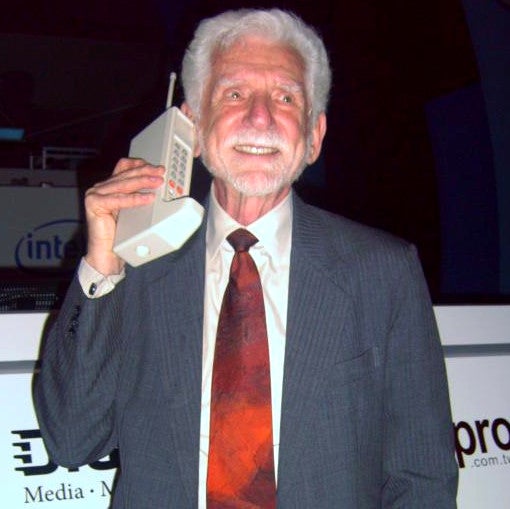
Mr Cooper rocking the first cell phone
Currently the prototype only has buttons to dial and an LED light, but the next edition is prepped with an E-ink display for texting, and better call quality. Good times. After all, it was Martin Cooper himself who announced not long ago that radio charging from afar may be the next big thing in mobile, and looks like he might be right. Again.
Follow us on Google News


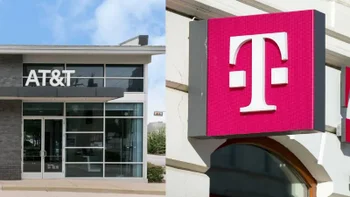



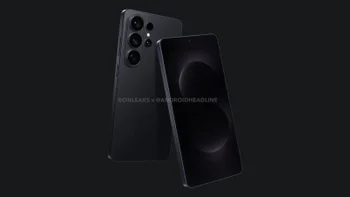

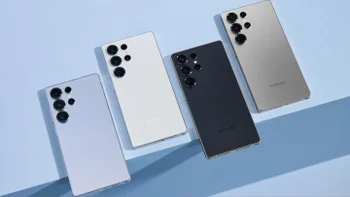
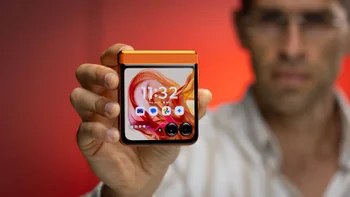
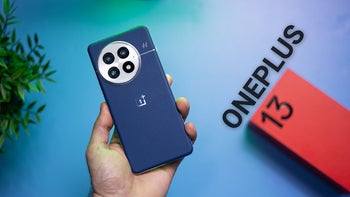
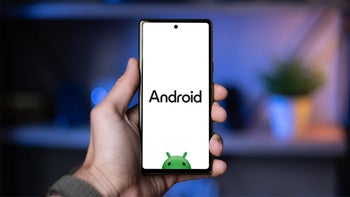
Things that are NOT allowed:
To help keep our community safe and free from spam, we apply temporary limits to newly created accounts: